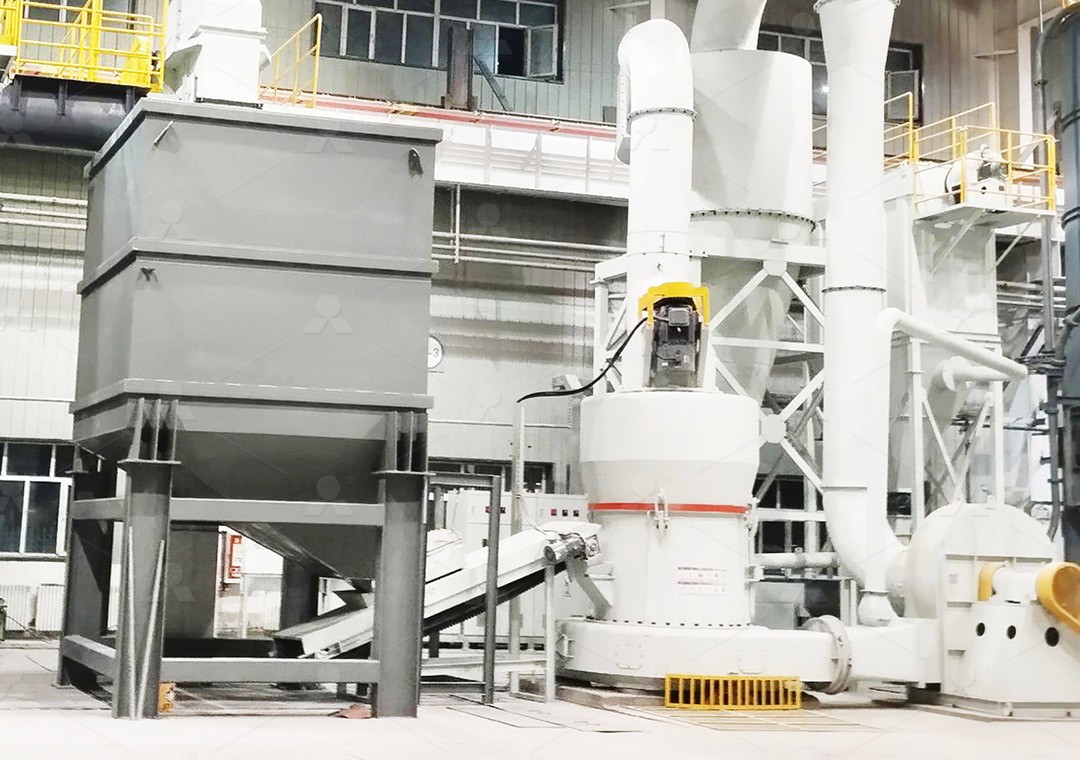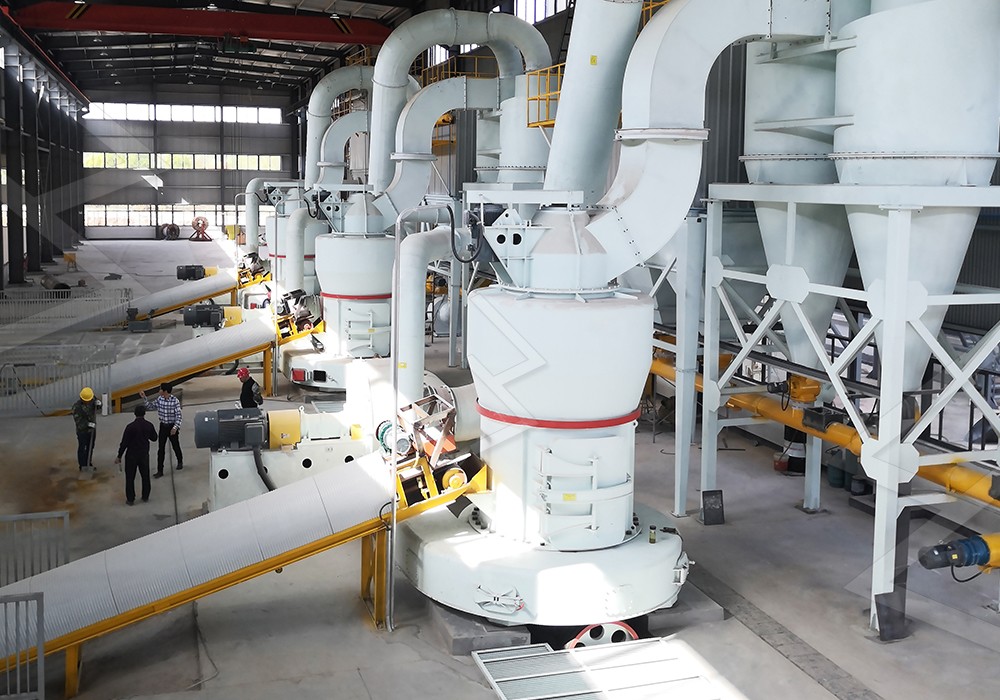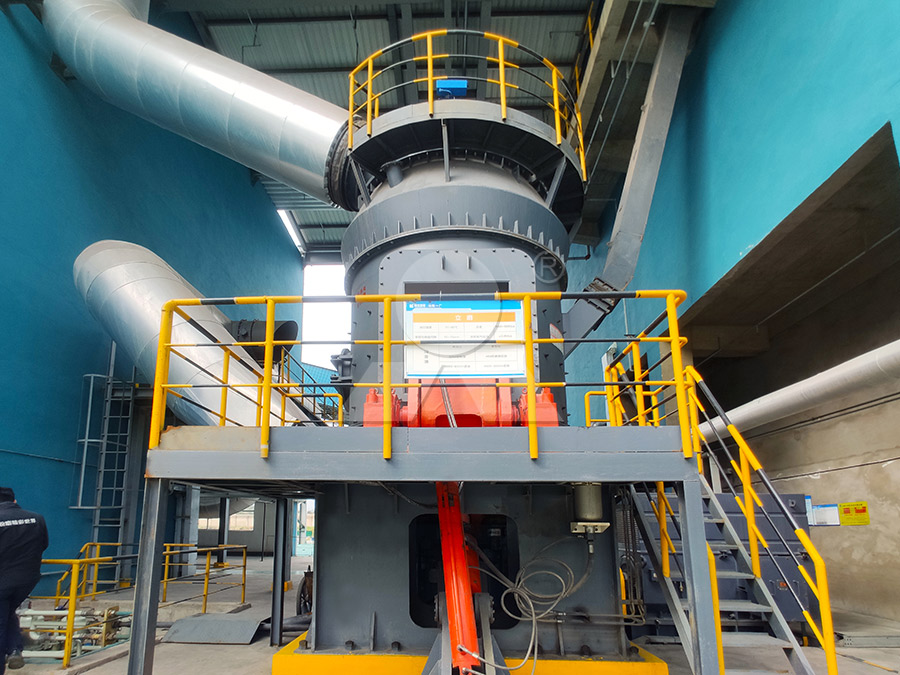4R Raymond Mill for Coal Grinding: Price, Specifications, and Working Principle
4R Raymond Mill for Coal Grinding: Price, Specifications, and Working Principle
For decades, the Raymond Mill has been a trusted workhorse in mineral processing and coal grinding operations worldwide. The 4R Raymond Mill, with its four grinding rollers, represents a robust configuration particularly well-suited for medium-scale coal pulverization tasks. This article delves into the technical specifications, operational principles, and economic considerations of this classic grinding solution.

Core Specifications and Operational Parameters
The 4R designation refers to the mill’s four grinding rollers, which work in conjunction with a grinding ring to achieve particle size reduction. A typical 4R Raymond Mill for coal grinding handles feed sizes up to 25mm and delivers throughput capacities ranging from 3 to 8 tons per hour, depending on coal hardness and desired fineness. The final product fineness can be adjusted between 80 to 325 mesh, making it suitable for various industrial applications from boiler fuel preparation to metallurgical processes.
Key components include the grinding rollers (made from high-chromium alloy for extended wear resistance), the grinding ring, classifier system, mainframe, feeder, and discharge system. The mill’s drive system typically employs a 75-132kW motor, depending on the specific model and application requirements.
The Working Principle: A Time-Tested Approach
The operational principle of the 4R Raymond Mill follows a straightforward yet effective mechanical process. Raw coal is fed continuously through a vibrating feeder into the grinding chamber, where it lands on the rotating grinding ring. The centrifugal force generated by the rotation causes the material to move outward between the ring and the four grinding rollers.
As the rollers rotate against the ring, they exert tremendous pressure on the coal particles, crushing them through a combination of compression and shear forces. The pulverized material is then carried upward by the air stream generated by the system’s blower into an integrated classifier. Here, oversized particles are separated and returned to the grinding zone for further processing, while properly sized coal powder continues to the collection system.

Modern Alternatives: When to Consider an Upgrade
While the 4R Raymond Mill remains a reliable choice for many coal grinding applications, technological advancements have introduced more efficient alternatives for operations requiring higher throughput or finer particle sizes. For facilities processing coal for specialized applications such as carbon additives, advanced combustion systems, or chemical production, our MW Ultrafine Grinding Mill presents a compelling upgrade path.
The MW Ultrafine Grinding Mill represents a significant technological leap forward, capable of producing powders between 325-2500 meshes with exceptional precision. With an input size of 0-20mm and capacity ranging from 0.5-25 tph, it offers greater flexibility for operations requiring varied output specifications. Its innovative design eliminates rolling bearings and screws in the grinding chamber, dramatically reducing maintenance concerns and potential points of failure.
For operations prioritizing energy efficiency and space optimization, our LM Vertical Coal Mill integrates crushing, drying, grinding, and classifying into a single compact unit. With capacity from 5-100T/H and the ability to process feed sizes up to 50mm, this vertical mill configuration reduces energy consumption by 30%-40% compared to traditional ball mills while occupying approximately 50% less floor space.
Economic Considerations and Pricing Factors
The price of a 4R Raymond Mill varies significantly based on configuration, material specifications, and auxiliary equipment. Generally, investment costs range from $50,000 to $150,000 for a complete system. However, potential buyers should consider total cost of ownership rather than just initial investment. Factors including energy consumption, maintenance frequency, wear part replacement costs, and operational efficiency dramatically impact long-term economics.
When evaluating options, operations managers should carefully assess their specific requirements for product fineness, throughput capacity, and available utilities. In many cases, the slightly higher initial investment in more advanced technology like the MW Ultrafine Grinding Mill or LM Vertical Coal Mill can be recovered through operational savings within 12-24 months of continuous operation.

Frequently Asked Questions
What is the typical power consumption of a 4R Raymond Mill for coal grinding?
A standard 4R Raymond Mill typically operates with a main motor ranging from 75kW to 132kW, depending on the specific model and grinding conditions. Actual power consumption varies based on coal hardness, feed size, and desired product fineness.
How does the 4R Raymond Mill compare to vertical mills for coal grinding?
While the 4R Raymond Mill offers proven reliability and simpler operation, vertical mills like our LM Vertical Coal Mill generally provide higher energy efficiency (30-40% savings), better drying capability for moist coal, and more compact footprints. The choice depends on specific operational priorities and constraints.
What maintenance is required for the grinding rollers in a 4R Raymond Mill?
The grinding rollers typically require inspection every 500-800 operating hours, with replacement needed after approximately 2,000-3,000 hours depending on coal abrasiveness. Our MW Ultrafine Grinding Mill addresses this maintenance challenge by eliminating rolling bearings in the grinding chamber entirely.
Can the 4R Raymond Mill handle high-moisture coal?
Standard 4R Raymond Mills have limited drying capacity and perform best with coal moisture content below 10%. For higher moisture materials, our LM Vertical Coal Mill with integrated drying capability represents a more suitable solution.
What particle size range can be achieved with a 4R Raymond Mill?
The 4R Raymond Mill typically produces coal powder between 80-325 mesh. For finer applications requiring up to 2500 meshes, our MW Ultrafine Grinding Mill with its advanced cage-type powder selector provides superior precision and control.
